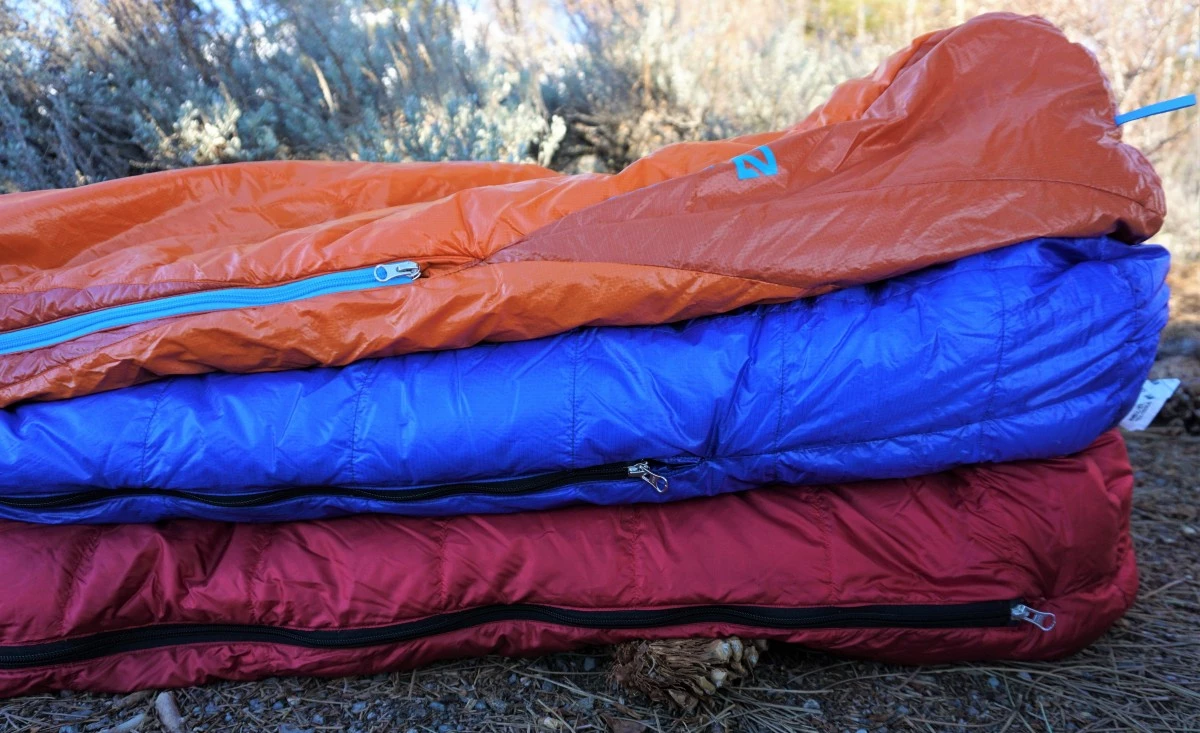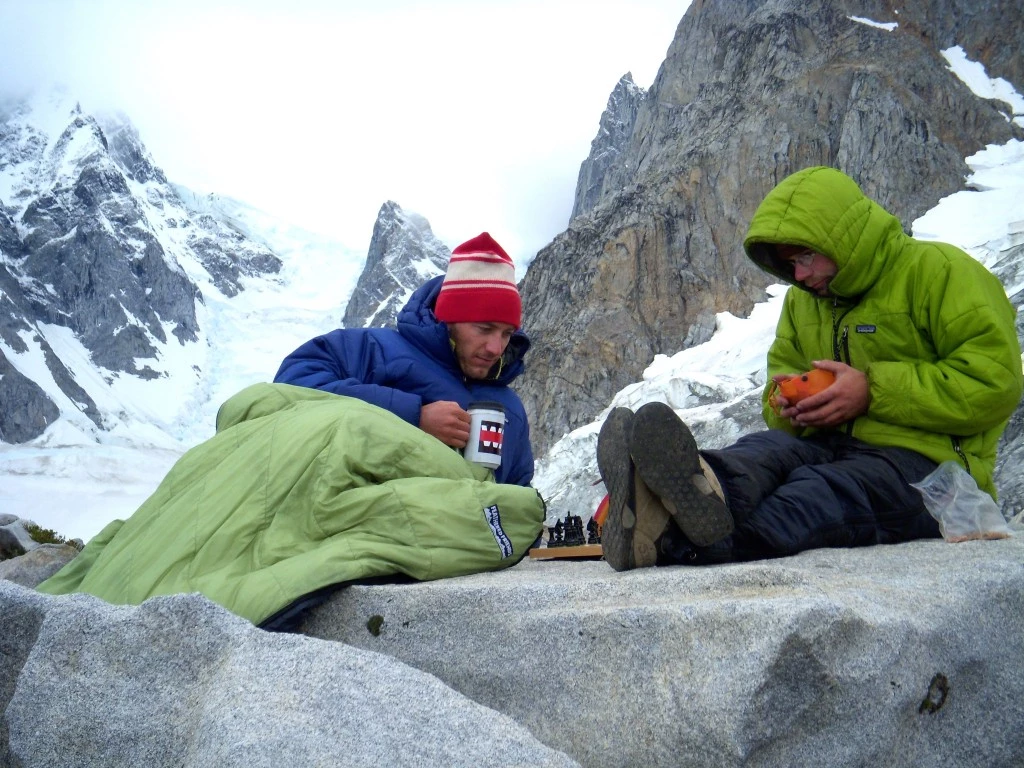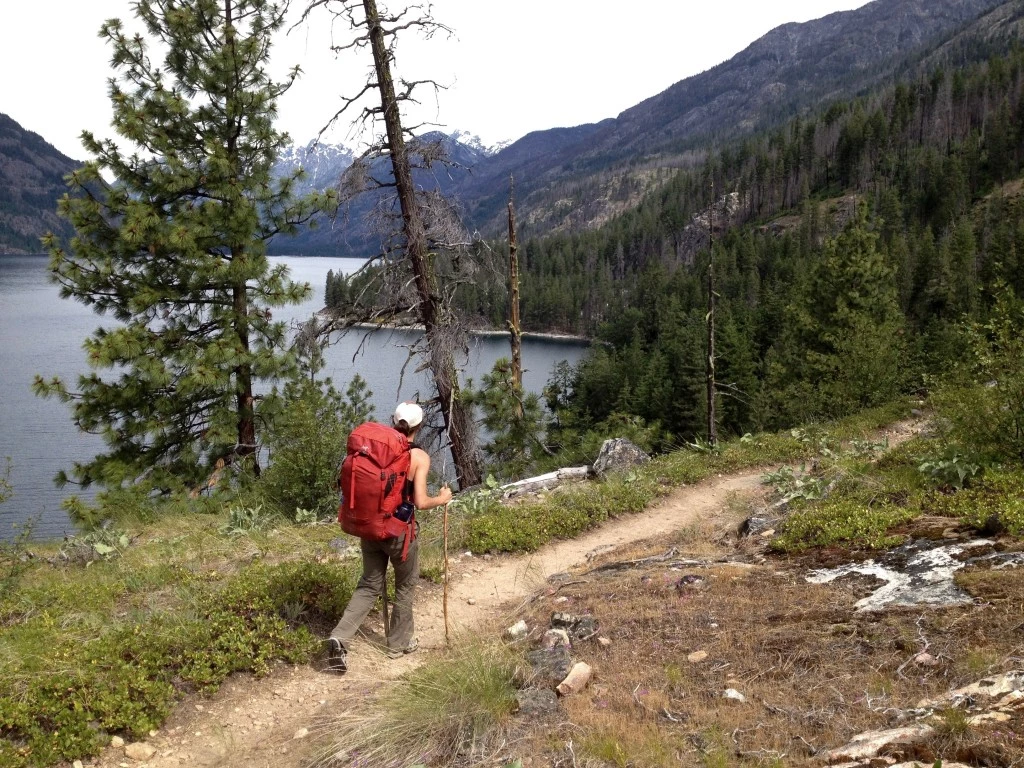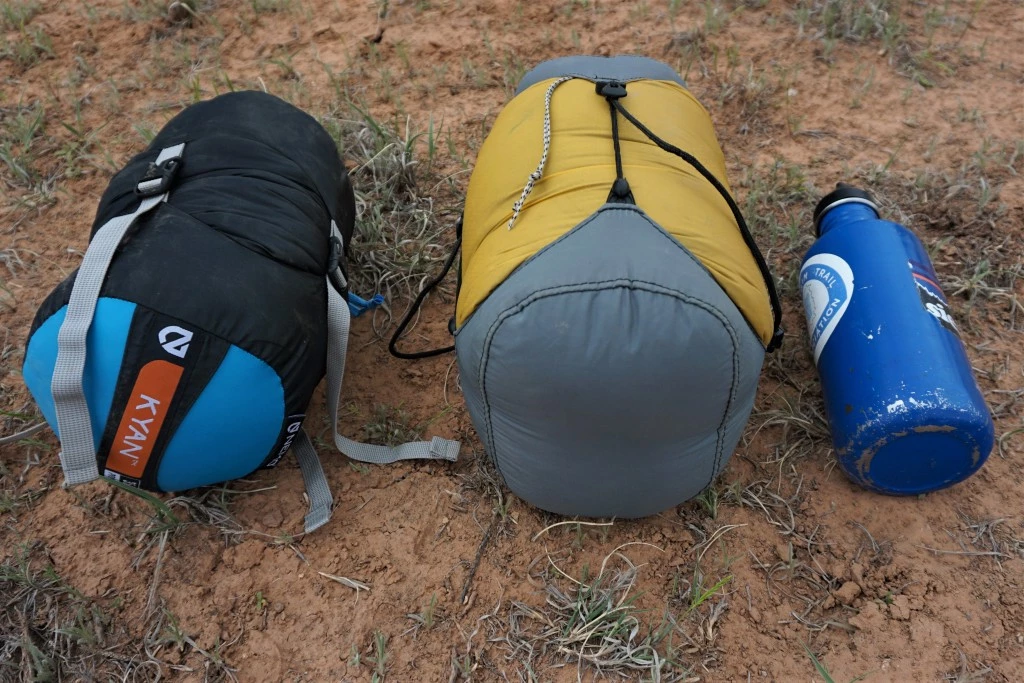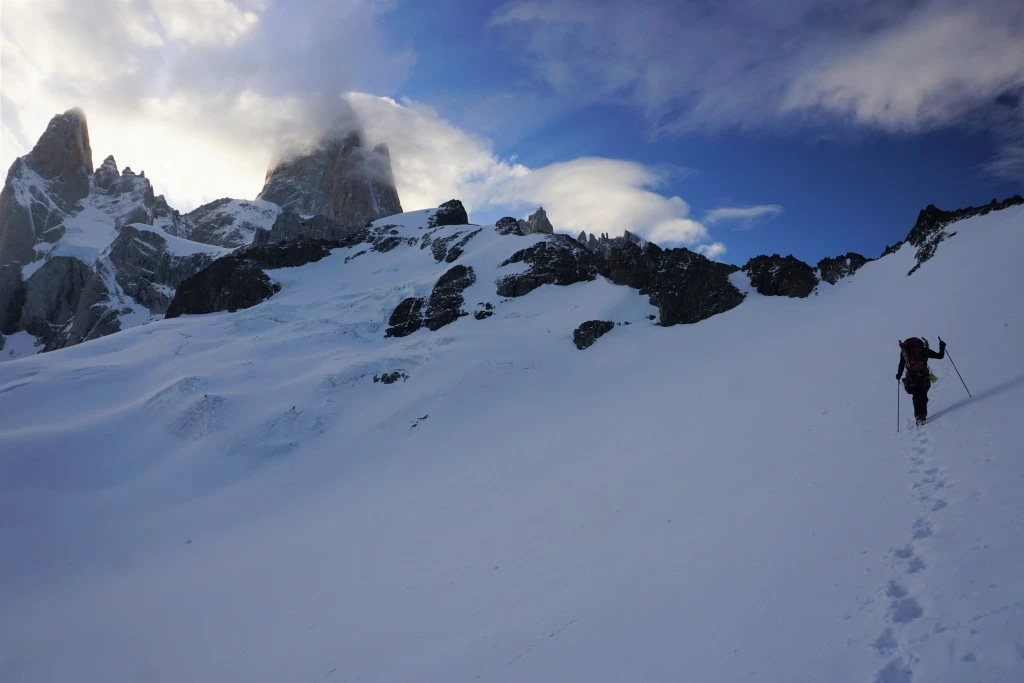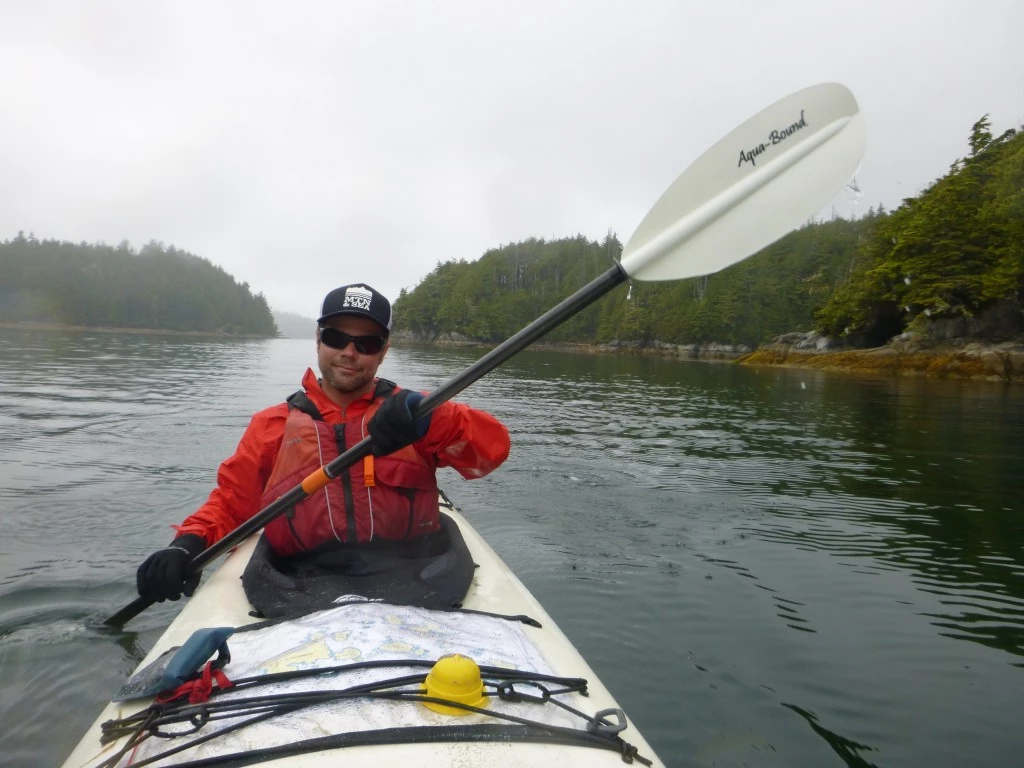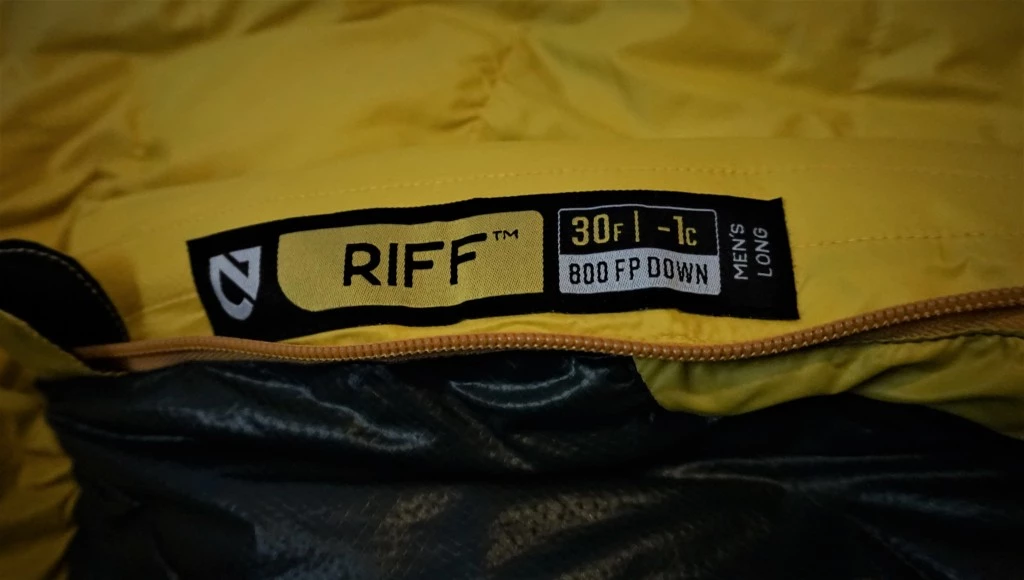Sleeping bags are one of the most critical components of your overnight kit. A poor sleeping bag can quickly turn your dream trip into sleepless insomnia. Remember, proper sleep helps your body recover and ensures you can enjoy the next day's hike. Sleeping bags are also the most efficient piece of gear for keeping your body warm—much higher warmth than clothing for the weight. Thus, for the weight-conscious adventurer, choosing the right bag is arguably one of the best ways to reduce the weight of your overall backcountry kit.
Start by thinking about where and when you'll most often use your sleeping bag. You don't necessarily need to buy a bag for the coldest trip you might someday go on. Instead, buy a bag for the types of overnights you do most frequently. When the rare cold trip does arise, there are several steps you can take to make a less than ideal bag work. For example, extra clothing layers, a thicker sleeping pad, or a well-sealed bottle filled with boiling water can boost your warmth in any sleeping system. These strategies will save you from carrying an unnecessarily heavy bag that is too warm for most of your trips.
Insulation Options
The first and arguably most important factor to consider when purchasing a sleeping bag is the type of insulation. Backpacking sleeping bags are available with two primary types of insulation: down feathers or synthetic fibers. There are, of course, numerous variations of both down and synthetic which we will discuss lower in this article.
When choosing the type of insulation, consider the environment and conditions where the bag will be used, along with your budget and experience level. Generally, down bags perform better in dry locations because they weigh less and pack smaller than synthetic bags of equivalent warmth. When down feathers get wet, however, they clump and lose their ability to insulate more than synthetic fibers. For this reason, we recommend synthetics for wet climates or inexperienced users less adept at keeping their sleeping bag dry. Another critical factor is price. Premium down can cost several times more than a comparable synthetic option. This drawback is somewhat negated, however, by the longevity of down which can usually maintain its loft better after repeated packing and unpacking.
Down
In the current backpacking product landscape, down is king. Despite advances in synthetic materials, down provides a much higher warmth-to-weight ratio and better compressibility than its synthetic counterparts. In our tests, down weighed roughly 30% less and packed 15% smaller than synthetics of the same warmth. Even with these advantages, our review team still thinks the biggest reason to buy down is the durability of the feathers. When cared for properly—meaning stored clean, dry, and uncompressed—down bags can last an average backpacker up to 20 years. Synthetic bags, in contrast, can lose a substantial portion of their warmth in just a few years.
The primary downside to down is that it is more expensive and practically worthless when it's wet because the feather clusters clump together and lose their lofts. This fact is worsened by the further issue that after getting wet, down takes roughly fives times longer to dry than synthetic fibers. Despite these disadvantages, down is still widely considered to be superior to synthetics for most backpacking applications. For this reason—and because it was difficult to identify very many popular, premium synthetic options—we chose to review more down bags.
Synthetic
The limited number of synthetic bags we chose to include in the backpacking review, demonstrated a better ability to maintain loft when wet and dried much faster than their down counterparts. The old mantra of "synthetic bags keep you warm, when wet" remains mostly true, but it's worth recognizing that a soaking wet sleeping bag still loses significant warmth even if it's filled with synthetic fibers.
The much more significant advantage to synthetics is their significantly quicker drying times. In our side-by-side testing, synthetic bags dried in roughly 20% the time of a comparably wet down bag. Soaking wet bags and drying times aside, due to the disadvantages of synthetics in weight, packed size, and longevity, our review team believes down bags are the better option for most overnight travelers if they are willing to spend the extra money.
We want to remind folks that keeping a down bag dry shouldn't be that challenging under most circumstances. Good strategies can be as simple as lining your bag's stuff sack with a plastic trash bag or purchasing a waterproof stuff sack. This simple step will protect your bag while hiking through driving rain or when the rouge leaky water bottle strikes. Once in a camp, keep your tent well ventilated and use a small piece of sponge to wipe off any surface condensation from the walls. Tester Ian Nicholson, who guides in the notoriously damp Pacific Northwest, exclusively uses down bags. With that said, for particularly wet activities (coastal hiking, kayak camping, etc.), synthetics can improve your safety margin and will dry much quicker.


